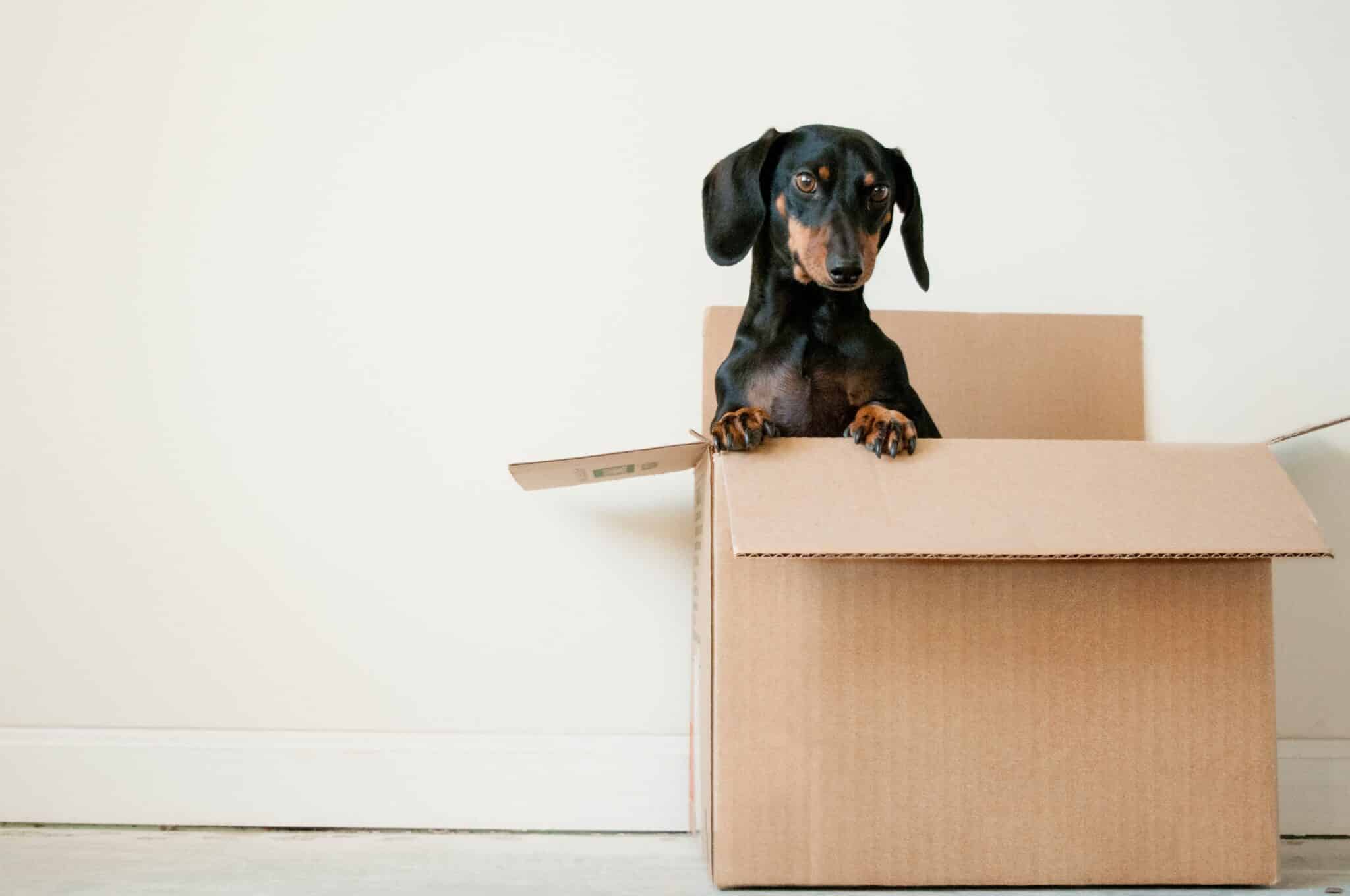
It's finally time; you've decided to move house and start a new chapter in your life. But before doing that, you must pack up all your belongings and get them to your new home. Packing can seem daunting, but it doesn't have to be. This blog post will give you 10 tips for packing when moving house that will simplify the process.

Photo by Erda Estremera on Unsplash
1. Pack Early
One of the worst things you can do when moving house is to leave your packing until the last minute. This will not only make the process more stressful, but it will also increase the chances of something getting broken or lost in the move.
Start packing as soon as you know you're moving, and pack carefully and systematically. For example, start with items you don't use often, and work your way through to the items you use daily.
2. Start With Rooms You Least Need
When it comes to packing, most people start with their bedroom and work their way down. However, this isn't always the most efficient way to go about it. If you start with the rooms you use the least; you can get them out of the way quickly and without much hassle.
For instance, if you rarely use your guest bedroom, start packing those items first. This will make the packing process much easier in the long run.
3. Label Your Boxes
The first thing you want to do is to ensure that everything is labeled so that you find it easier packing the same items in your new home.
You can also use different colored labels to designate different types of items. For example, you can use green for kitchen items, blue for bathroom items, and red for bedroom items.
If this also looks a bit more stressful, consider hiring a moving company, like Muval, that will help you with the packing process to ensure everything is labeled and organized so you can relax and focus on other things.
4. Put Heavier Boxes On The Bottom
It's simple physics - the heavier something is, the more force it takes to move it. When packing up your boxes for a move, you want to ensure that the heavier boxes are on the bottom, so they don't topple over and crush your other belongings.
This is usually helpful when you're dealing with boxes of different sizes. A smaller box packed full of heavy items will be much harder to move than a bigger, lighter box. So, if you can, put your smaller boxes on top of your bigger ones.
5. Fill Empty Gaps
One of the most annoying things about packing is finding all those little empty spaces that seem to pop up everywhere. Rather than just leaving them empty, use them to your advantage!
Fill them with smaller items that might otherwise get lost, or use them to store packing materials like bubble wrap or packing peanuts. In addition, filling those gaps will help to keep your boxes sturdy and less likely to collapse.
6. Declutter
Like most people, your home is probably full of stuff you don't need. Moving is the perfect opportunity to declutter your life and get rid of all the unnecessary clutter. Not only will this make packing easier, but it will also save you money on moving costs.
7. Don't Pass The 30-Pound Limit Per Box
When packing up your belongings to move house, it's important to be mindful of the weight of each box. Most removal companies have a limit of 30 pounds per box, so stay under this weight limit to avoid complications or extra costs on moving day.
For example, assuming an average 2-bedroom house has about 8 boxes to be moved, that would total 240 pounds. In other words, don't pack more than 30 pounds into each box, or you may go over the limit.
8. Get Everything Insured
Packing up your entire life and moving to a new place is no small feat. And while there are many things to think about and plan for, one important thing that is often overlooked is insurance.
Be sure to purchase contents insurance for your home before packing your belongings. This will give you peace of mind in knowing everything is covered in case of an accident or theft.
9. Pack A Single Room At A Time
When packing up your belongings to move house, it can be tempting to try and do everything at once. However, this will only lead to confusion and a sense of overwhelm. Pack one room at a time to make the process as smooth as possible. This will help you stay organized and track everything you need to pack.
10. Prepare Household Electronics
Packing your household electronics is a big job, but it's well worth taking the time to do properly. Here are some tips to help you get the job done right:
- Unplug all of your electronics from their power sources and disconnect any cables or cords
- Wrap each individual item in padded bubble wrap or another protective material
- Place your electronics in sturdy boxes that are slightly larger than the items themselves
- Label each box clearly with the contents and your contact information
- Make sure to pack any manuals, cords, or other accessories with the appropriate item
- If possible, try to keep your electronics in their original packaging
- When possible, ship your electronics ahead of time so they arrive at your new home before you do
- Protect your electronics from temperature extremes by avoiding direct sunlight and extreme cold
By following these tips, you can be sure that your electronics will arrive at your new home safe and sound.
Conclusion
Packing when moving out can be one of the most daunting tasks, but with careful planning and execution, it doesn't have to be. Follow these eight tips, and you'll be on your way to a seamless, stress-free move.


















Leave a Reply